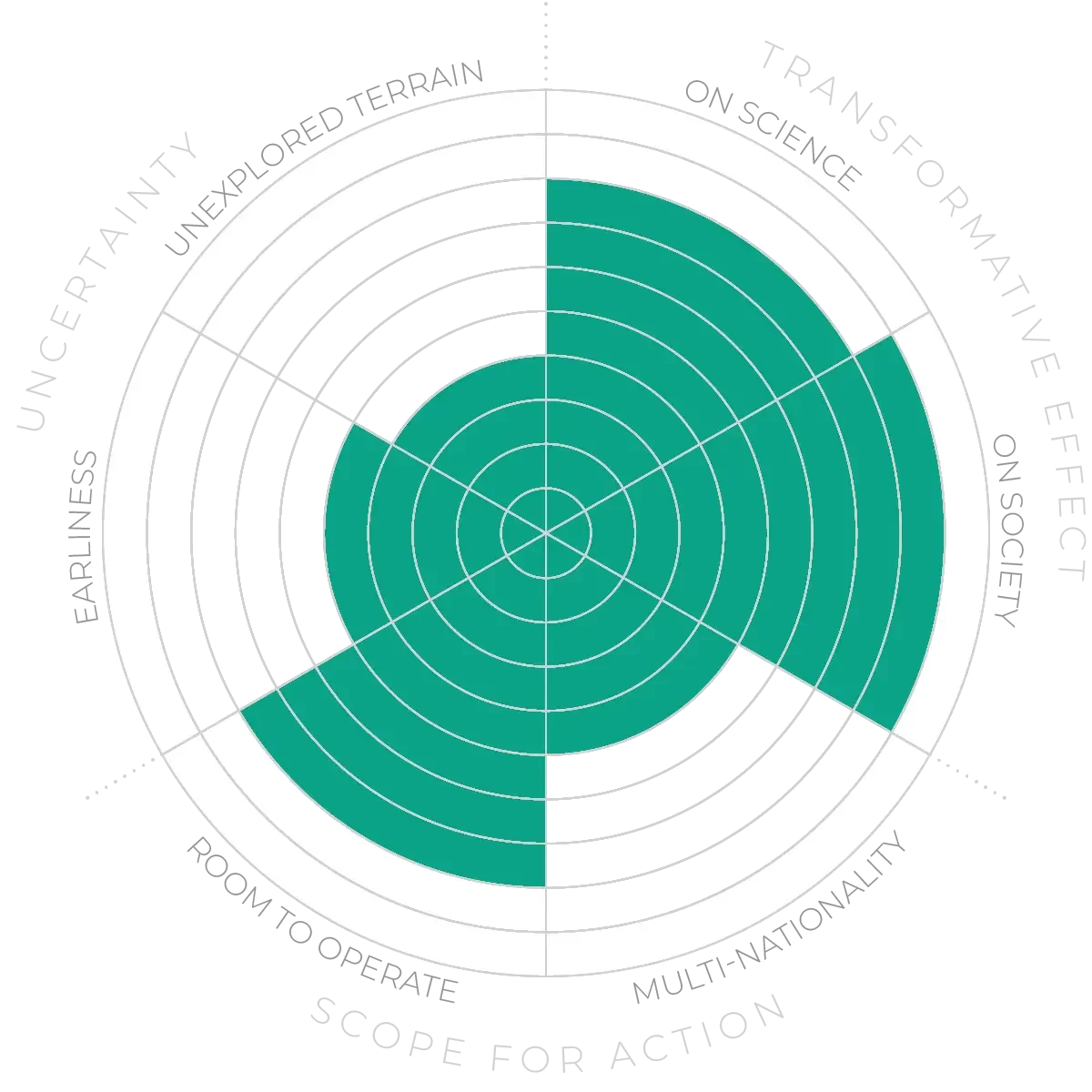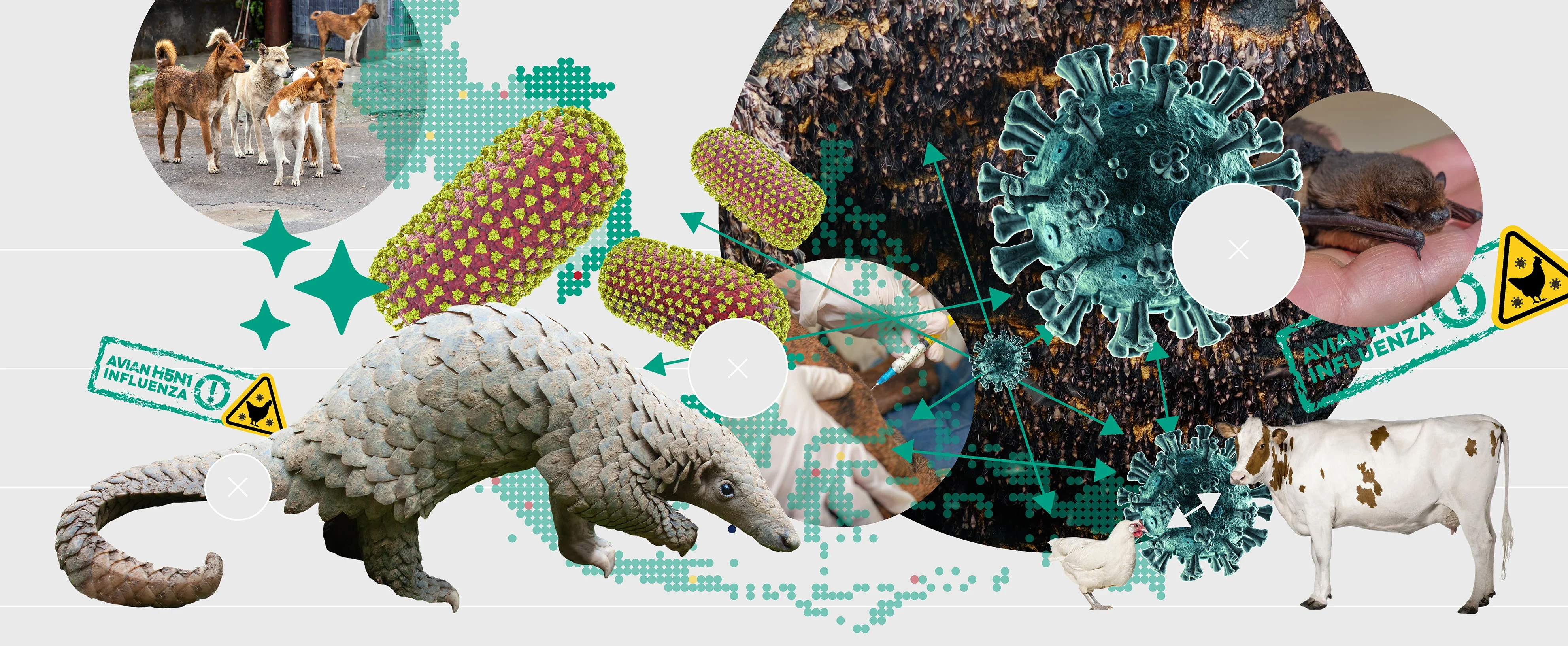Future Horizons:
10-yearhorizon
New data sources come online
25-yearhorizon
A global picture of pathogen threats is established
Traditional pathogen surveillance methods such as contact tracing can now be combined with other data streams, from genomics20 to social media. For instance, improvements in DNA sequencing mean it is now feasible to rapidly reconstruct how a disease outbreak occurred, including tracing it back to source.21 An improved understanding of human factors that affect spread,22 such as malnutrition and genetic vulnerabilities, could significantly aid the tracking of epidemics.23
However, successfully integrating and using these datasets remains a challenge,24 especially in low- and middle-income countries where resources are limited. It is likely that our initial attempts to predict the course of outbreaks will underperform due to siloed systems, data latency, and interoperability barriers. While such systems may nevertheless offer some insight, it is likely to be too coarse or arrive too late to be used as the basis for effective action.25
Several major opportunities exist. An improved understanding of the interactions between pathogens, which affect when and where outbreaks arise, could enable better predictions. A biobank of infection samples from patients would be a valuable resource for both experimental and computational research. And there is considerable potential to train AI on outbreak datasets and use it to make predictions,26 but so far little has been done — in part due to data-access limitations.
The most effective data ecosystems are likely to be decentralised and trust-based, rather than centralised and coercive. West Africa is a good prototype: pathogen surveillance systems there blend formal and informal health intelligence. Truly resilient systems will arise from diversity, redundancy and local agency, not from top-down architectures. One possible model is to create regional “epidemic foresight nodes” that can detect patterns and simulate response scenarios.
Epidemiology and prediction - Anticipation Scores
The Anticipation Potential of a research field is determined by the capacity for impactful action in the present, considering possible future transformative breakthroughs in a field over a 25-year outlook. A field with a high Anticipation Potential, therefore, combines the potential range of future transformative possibilities engendered by a research area with a wide field of opportunities for action in the present. We asked researchers in the field to anticipate:
- The uncertainty related to future science breakthroughs in the field
- The transformative effect anticipated breakthroughs may have on research and society
- The scope for action in the present in relation to anticipated breakthroughs.
This chart represents a summary of their responses to each of these elements, which when combined, provide the Anticipation Potential for the topic. See methodology for more information.



